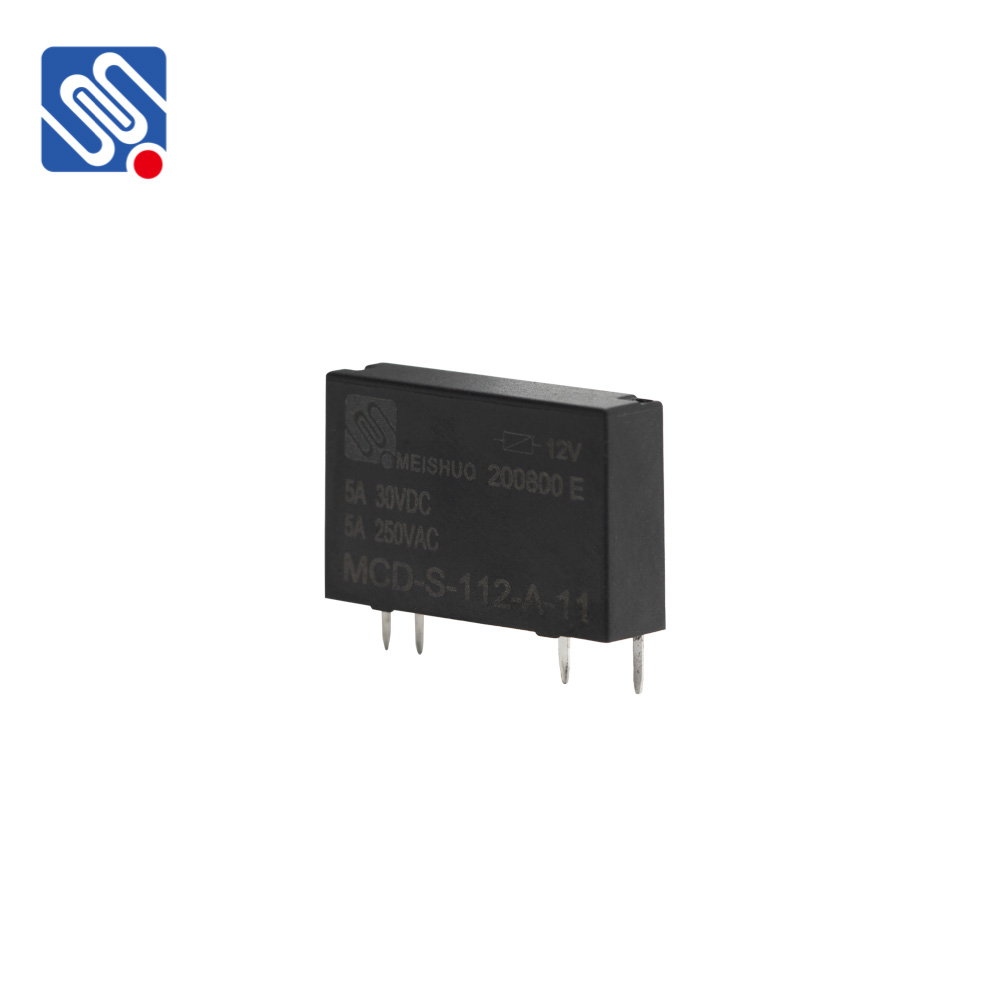relay safety standards and the role of meishuo in ensuring safe operations
Release time:2025-06-09 02:30:43
Relays are essential components in electrical systems, functioning as switches that control circuits by opening or closing contacts based on a control signal. While relays are widely used across various industries, ensuring their safe operation is paramount to prevent equipment damage, electrical hazards, and injuries. Relay safety standards play a crucial role in establishing protocols that help safeguard users and maintain the integrity of electrical systems. In this context, companies like Meishuo have emerged as key players in enhancing the safety and reliability of relay systems.

Importance of Relay Safety Standards
Relay safety standards are set by organizations such as the International Electrotechnical Commission (IEC) and the Institute of Electrical and Electronics Engineers (IEEE) to ensure that relays function correctly without compromising safety. These standards address critical aspects of relay design, installation, testing, and maintenance. They ensure that relays meet certain safety criteria, such as electrical isolation, proper insulation, and appropriate protection against overloads and short circuits.
One of the primary concerns with relays is their role in preventing faults from propagating throughout the electrical network. Faults like short circuits or overcurrent situations can cause significant damage to equipment and pose serious risks to personnel. Relay safety standards define how relays should detect and react to these faults in a timely and effective manner, preventing accidents and reducing potential downtime.

